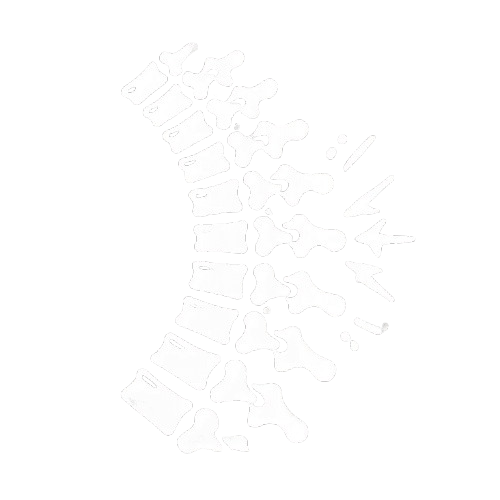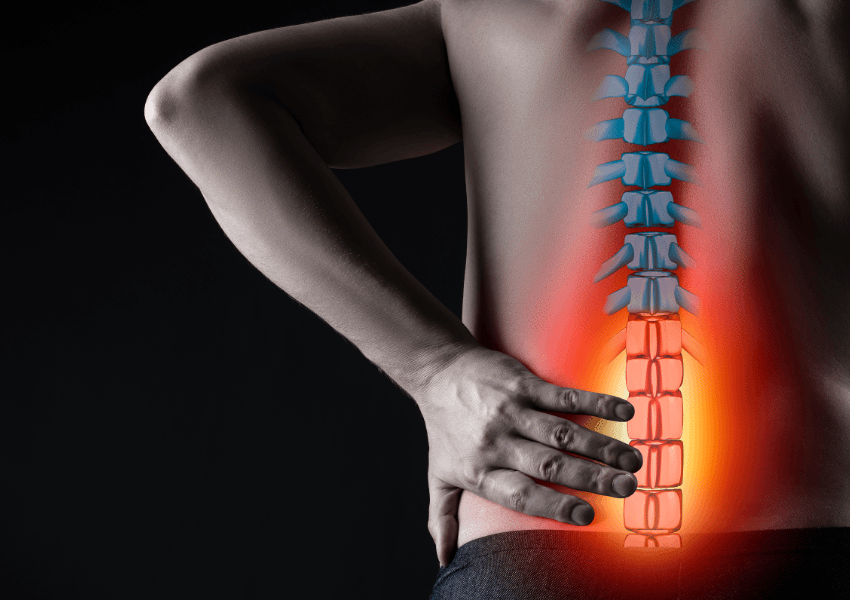Key Benefits of Spine Traumatic Surgery
- Decompression of the spine and spinal stabilization are important treatments for preventing pain, deformity and progression of neurologic problems such as weakness, tingling and bladder problems.
- Surgical intervention is linked to better long-term outcomes and recovery.







